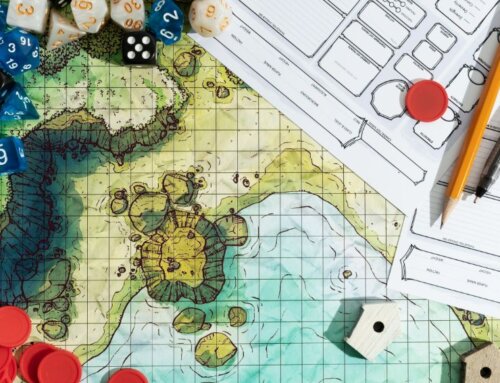Curious about which year stands out with the most games in the Classics catalogue? Imagine unearthing the hidden gems from a specific year that holds a plethora of nostalgic titles waiting to be rediscovered.
You might be surprised by the impact a single year can have on the gaming landscape and why it remains a pivotal point for classic gaming enthusiasts.
Key Takeaways
- 2011 had the highest number of classic game releases with 103 titles.
- Developer collaborations brought iconic classics like Final Fantasy VII and Resident Evil 2.
- Subsequent years saw a decline in game additions.
- Factors like industry influences and market demand impact game trends.
Total Games Released Each Year
The fluctuating number of games released annually in the Classics catalogue provides insight into the evolving trends and influences within the gaming industry. Industry influences, market demand, developer collaborations, and the gaming community play significant roles in shaping the number of games featured each year.
For instance, the peak in 2011 with 103 titles could be attributed to a combination of developer collaborations bringing beloved classics like Final Fantasy VII and Resident Evil 2 to the catalogue, which appealed to the gaming community’s nostalgia and market demand. Subsequent years saw a gradual decline, possibly influenced by newer game popularity and licensing costs impacting the trend.
This illustrates how various factors within the gaming industry can directly impact the number of games released annually in the Classics catalogue.
Breakdown by Decade
Exploring the distribution of games in the Classics catalogue by decade reveals intriguing patterns and shifts in game releases over time. The 2010s decade showcased a peak in game releases, with 2011 leading with 103 titles and 2012 following closely with 96 games. In the 2000s, 2010 stood out with 91 games.
This decade comparison highlights the historical significance of these years in game preservation. However, since 2011, there’s been a consistent decrease in the number of games added to the Classics catalogue annually, indicating evolving release trends.
Understanding these fluctuations provides valuable insights into the changing landscape of classic game availability and the importance of documenting and preserving these cultural artifacts.
Impact of Technological Advancements
Impactful technological advancements have significantly shaped the evolution of classic games throughout the years. The evolution of gameplay mechanics in classic games can be attributed to advancements in technology. Innovations in graphics, sound, and processing power have enabled developers to create more immersive gaming experiences.
Improved technology has allowed for the integration of complex narratives, realistic physics engines, and interactive environments, enhancing the overall gameplay experience. Changes in technology haven’t only influenced the aesthetics but also the functionality and interactivity of classic games.
As technology continues to advance, classic games are adapting to meet the demands of modern gamers, leading to the continual redefinition of standards in the gaming industry.
Popular Genres and Trends
Shaping the landscape of classic gaming, the popular genres and trends in the classics catalogue reflect a diverse array of gaming experiences that have captivated players for decades.
Genre evolution and market trends have seen classic RPGs like Final Fantasy VII and Chrono Cross, action-adventure games such as Tomb Raider and Metal Gear Solid, platformers like Crash Bandicoot and Spyro the Dragon, survival horror games like Resident Evil and Silent Hill, and racing games such as Gran Turismo and Ridge Racer making their mark.
These genres were influenced by cultural trends and player preferences, showcasing the dynamic nature of gaming preferences over time. The classics catalogue continues to be enriched by these iconic genres that have stood the test of time.
Top Years for Classic Game Releases
In the realm of classic game releases, certain years have notably stood out for the abundance of titles added to the Classics catalogue. Among them, 2011 holds the record for the most games with 103 titles, showcasing classics like Final Fantasy VII and Resident Evil 2. Following closely behind, 2012 featured 96 games, while 2010 also made a mark with 91 titles.
These years not only saw a significant number of games added but also contributed to shaping game rankings and the industry evolution. However, the decline in the number of games added post-2011 reveals the impact of newer game popularity and licensing costs on the Classics catalogue, highlighting the dynamic nature of the gaming industry.
Conclusion
You’ve learned that the year 2011 holds the record for the most games in the Classics catalogue, with 103 titles released. Sony Interactive Entertainment’s focus on re-releasing classic PlayStation games, including iconic titles like Final Fantasy VII and Resident Evil 2, contributed to the popularity and success of the catalogue that year.
The strong lineup of games in 2011 made it a standout year for classic PlayStation gaming experiences, solidifying its place in gaming history.
Check out more articles:
https://ps3trophies.co.uk/entertainment/2024/03/14/who-done-it-games/
https://ps3trophies.co.uk/entertainment/2024/03/12/why-did-snapchat-remove-games/
https://ps3trophies.co.uk/entertainment/2024/03/13/who-owns-games-workshop/






Leave A Comment